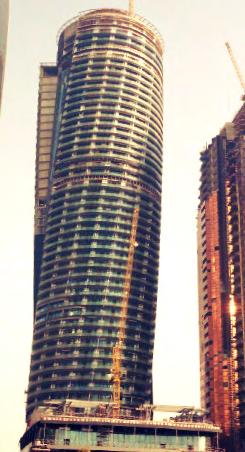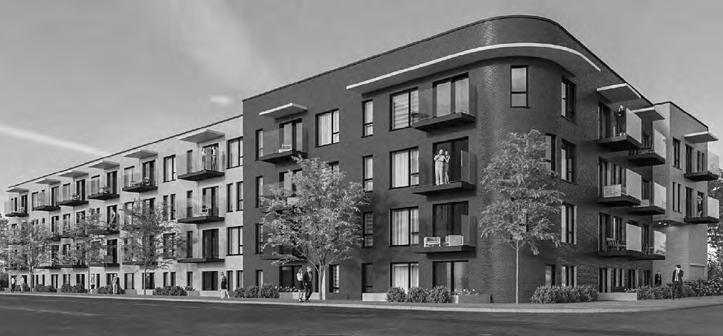

projets a Montréal
aaMandat:Développementdudesignetdessinsd’exécution
Architecte:2Architectures
Ahuntsic-Cartierville
Montréal, Québec
ALDEA, 500 rue Sauvé Est
Le projet Aldea est un immeuble résidentiel de cinq étages conçu par 2Architectures pour le promoteur Développeurs Montréal. Il est situé dansl’arrondissementd’Ahuntsic,àl’angledelarueSauvéetdelarue Lajeunesse, à proximité de la station de métro Sauvé. Le projet comprend183appartementsmodernesàlouer,detypestudio,1,2et3 chambres.
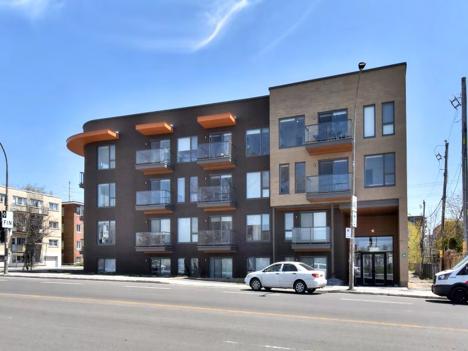
Mon rôle consistait à développer le concept tout en respectant les règlements municipaux et les codes de construction pertinents, à soumettreleprojetpourl’obtentiondupermisdeconstruire,àproduire les dessins d’exécution complets ainsi que la documentation architecturale, et à réaliser les brochures de présentation des unités de condopourleclient.
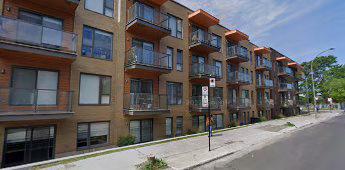
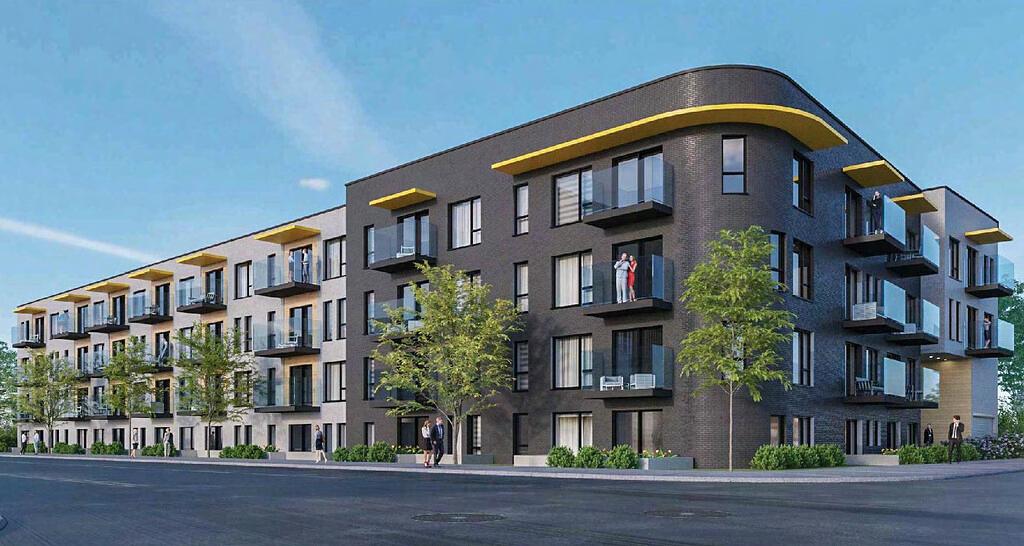
ALDEA
EXTRAITS DE PLANS
SOUS-SOL
DÉTAILS
ALDEA
DÉTAILS DE COUPE
ALDEA EXTRAITS DE PLANS
ALDEA EXTRAITS DE PLANS
COUPE MURALE
DÉTAILS D’ESCALIER
aaMandat:Développementduprojetetplansd’exécution
Architecte:2Architectures
Rosemont-LaPetite-Patrie
Montréal, Québec
LeRoc,5620DeLaRoche
Le projet Le Roc est un immeuble condo de 6 étages conçu par 2Architectures pour le promoteur Développeurs Montréal. Il est situé sur un terrain dans l’arrondissement Rosemont–La Petite-Patrie, à la confluencedelarueDeLaRocheetdelarueDeLaRoche,prèsdela station de métro Rosemont. Il comprend 50 appartements de 1, 2 et 3 chambres,dont23sontdesduplex.
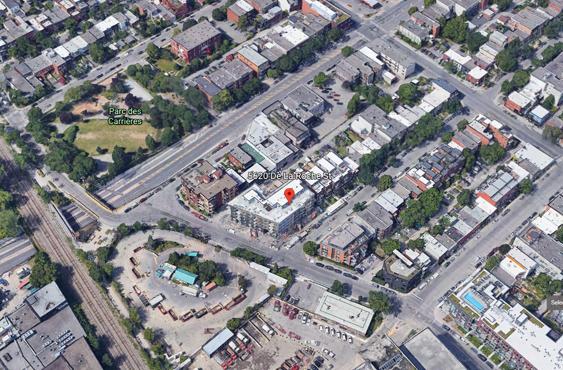
Mon rôle a été de développer le concept tout en respectant les règlements municipaux et les codes de construction pertinents, de soumettre le projet pour l’autorisation de construire, de coordonner le dossier avec les ingénieurs, ainsi que produire les plans d’exécution complets et la documentation architecturale, de même que réaliser les brochuresdeprésentationdesunitéscondospourleclient.


LE ROC EXTRAITS DE PLANS
SOUS-SOL
ÉTAGE TYPE
REZ-DE-CHAUSSÉE
QUATRIÈME ÉTAGE
REZ-DE-CHAUSSÉE - MEZZANINE
QUATRIÈME ÉTAGE - MEZZANINE
LE ROC EXTRAITS DE PLANS
aMandat:Développementduprojetetplansd’exécution
Architecte:2Architectures
Hochelaga-Rosemont
Montréal, Québec
Botanik,AvenueD’Orléans
Le projet Botanik est un complexe condo conçu par 2Architectures pour le promoteur Développeurs Montréal. Il est situé sur un terrain dans l’arrondissement d’Hochelaga, à la confluence de l’avenue Charlemagne, de la rue Sherbrooke Est et de l’avenue d’Orléans, près de la station de métro Pie-IX. Le complexe est composé de 10 bâtiments mitoyens totalisant 72 unités condos : 56 appartements de deuxchambreset16appartementsd’unechambre.

Le complexe a été divisé en 4 ensembles conformément au calendrier du promoteur. Mon rôle a été de développer le concept tout en respectant les règlements municipaux et les codes de construction pertinents, de soumettre le projet pour l’autorisation de construire, de produire les plans d’exécution complets et la documentation architecturale, ainsi que de réaliser les brochures de présentation des unitéscondospourleclient.
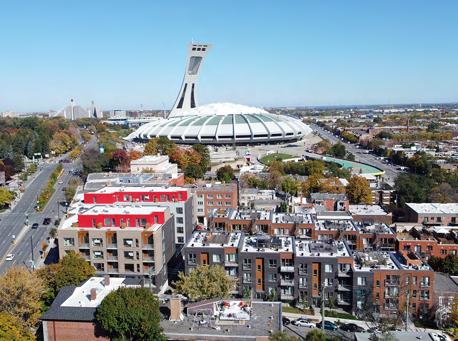
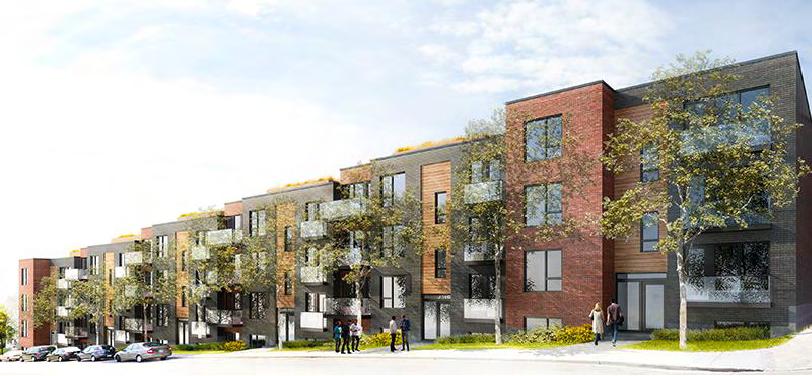
BOTANIK

aaMandat:Développementduprojetetplansd’exécution
Architecte:2Architectures
Hochelaga-Rosemont
Montréal, Québec
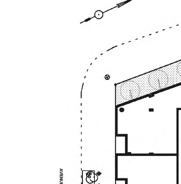
LeBotanikII,RueSherbrooke

Le projet Botanik II constitue la phase II du projet Botanik, conçu par 2Architectures pour le promoteur Développeurs Montréal. Il s’agit d’un immeuble de 5 étages (+ stationnement au sous-sol) situé dans l’arrondissement d’Hochelaga, à la confluence de l’avenue Charlemagne,delarueSherbrookeEstetdel’avenued’Orléans,prèsde la station de métro Pie-IX. La phase II comprend 62 appartements condosàlouer,de1,2et3chambres.
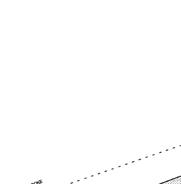



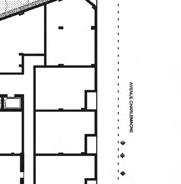
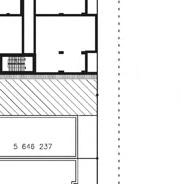
le a été de développer le concept tout en respectant les règlements municipaux et les codes de construction pertinents, de soumettre le projet pour l’autorisation de construire, de coordonner le dossier avec les ingénieurs, de produire les plans d’exécution complets et la documentation architecturale, ainsi que de réaliser les brochuresdeprésentationdesunitéscondospourleclient.
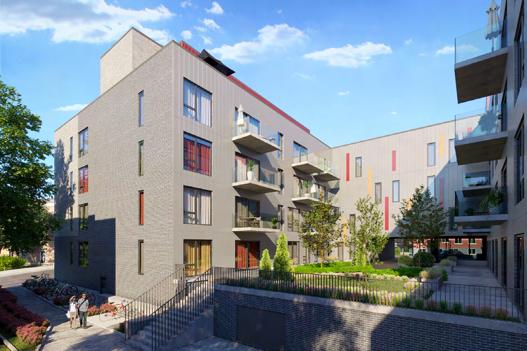


BOTANIK II
EXTRAITS DE PLANS
SOUS-SOL



QUATRIÈME ÉTAGE
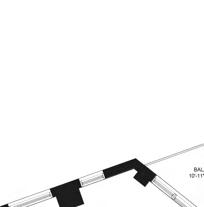






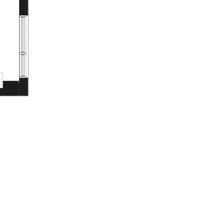
CINQUIÈME ÉTAGE - MEZZANINE


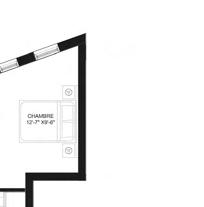
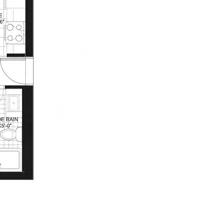
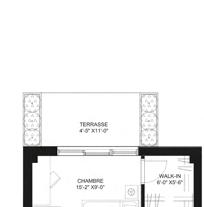



aaMandat:Développementduprojetetplansd’exécution
Architecte:2Architectures
750419eAvenue
Montréal, Québec
Axiom19Condos
Le projet Axiom 19 est un complexe de condominiums conçu par 2Architectures pour les promoteurs Prével et Vivenda. Il est situé dans l’arrondissement de Saint-Michel, à l’angle de la rue Villeray et de la 19eAvenue,prèsdelastationdemétroSaint-Michel.Lecomplexeest composé de 4 bâtiments mitoyens totalisant 24 unités de condo de deuxchambresrépartiessurquatreétages.

Mon rôle a été de travailler sur le développement et les dessins d’exécution de la phase finale (encerclée), tout en respectant les règlements municipaux et les codes de construction pertinents, et de soumettre le projet pour l’obtention du permis de construire. Le complexe a été divisé en phases successives conformément au calendrierdupromoteur.

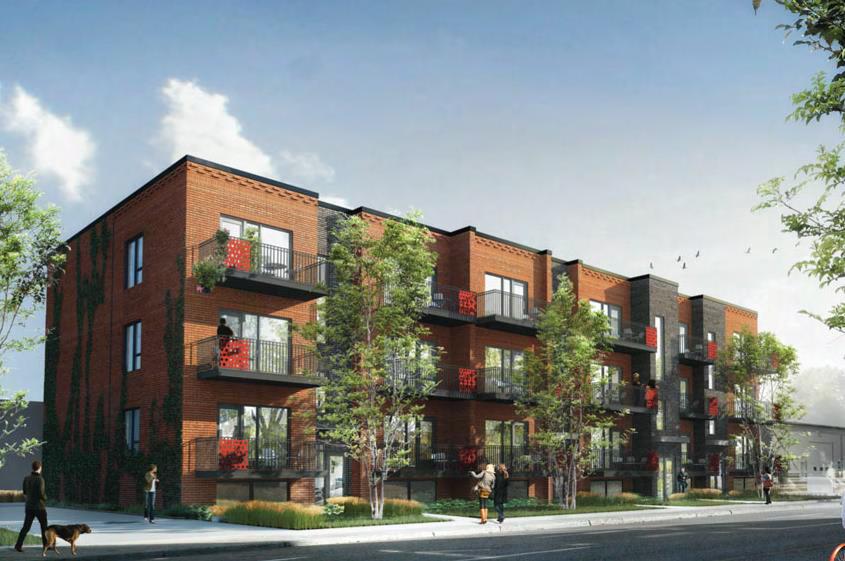
AXIOM 19
AXIOM 19
AXIOM 19
EXTRAITS DE PLANS
REZ-DE-CHAUSSÉE
COUPE LATÉRALE
ÉLÉVATION PRINCIPALE
The Red Sea Village is part of the larger King Abdullah Economic City development on the Red Sea coast lying 200km to the north of Jeddah, KSA. The design brief called for a mixed-use/ residential development centered on the needs of the resident community and with a commercial interface with the public.
The overall masterplan parti calls for twin communities on both sides of the main axial boulevard. The layout of buildings in the chain form of –approximately- a “C” on either side implicitly defines the public space and the residential/communal space where the latter is horizontally differentiated in

the following functions: apartment buildings, the central community core that comprises of communal amenities (gym and associated functions within, swimming pool on top...etc) that then steps-down to the frontal plaza space and landscaping. The commercial interface along the major axial boulevard on both sides is formally signaled by the encircling arcades.
Vertically, the apartment buildings are differentiated into three parts. Ground and mezzanine levels house the entrance lobbies and communal functions on the residential side and the shops on the public side, lower floors accommodate studio and one bedroom flats, the higher floors accommodate increasingly larger apartments ending up in penthouse apartments at the upper floor levels.
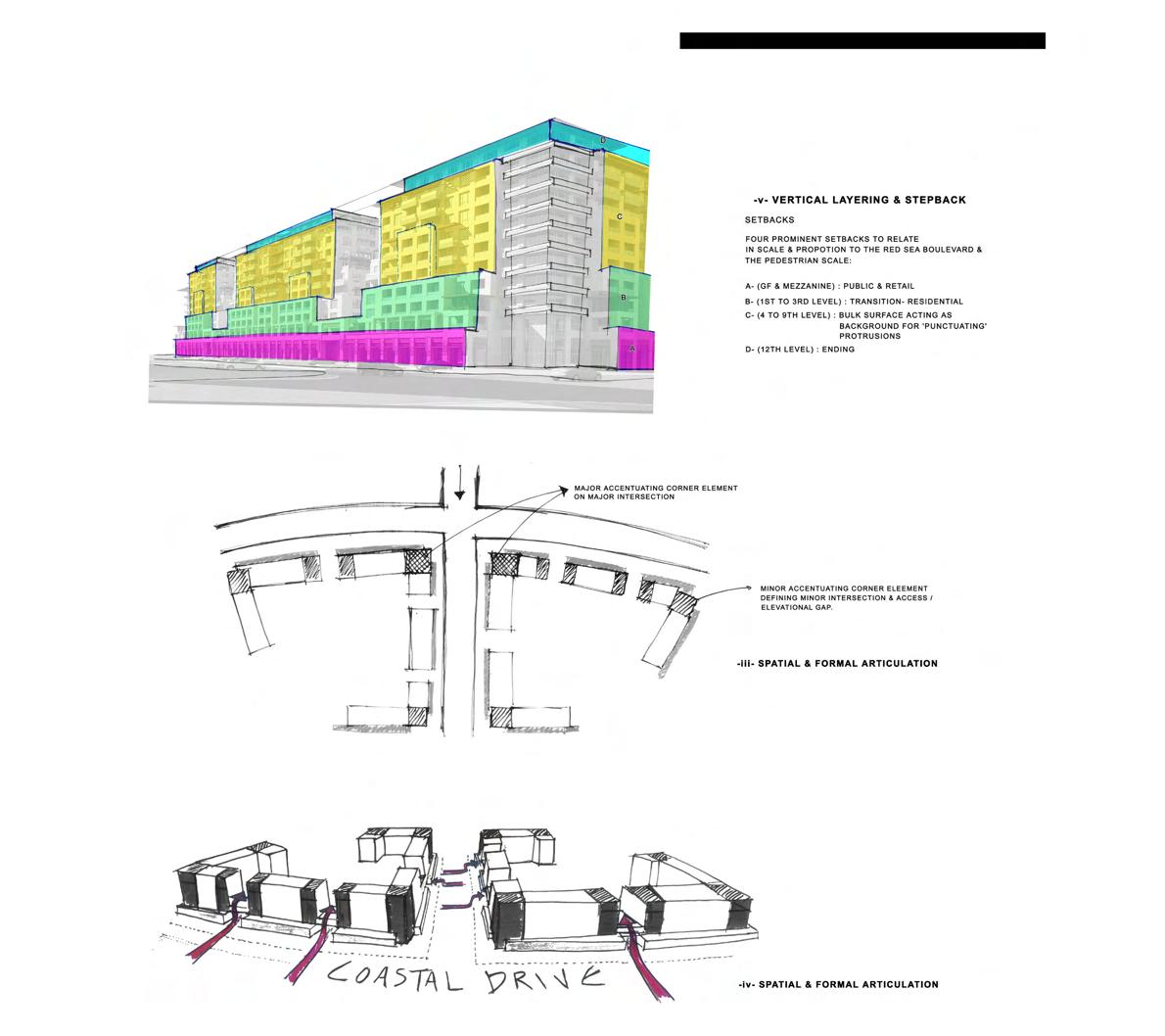

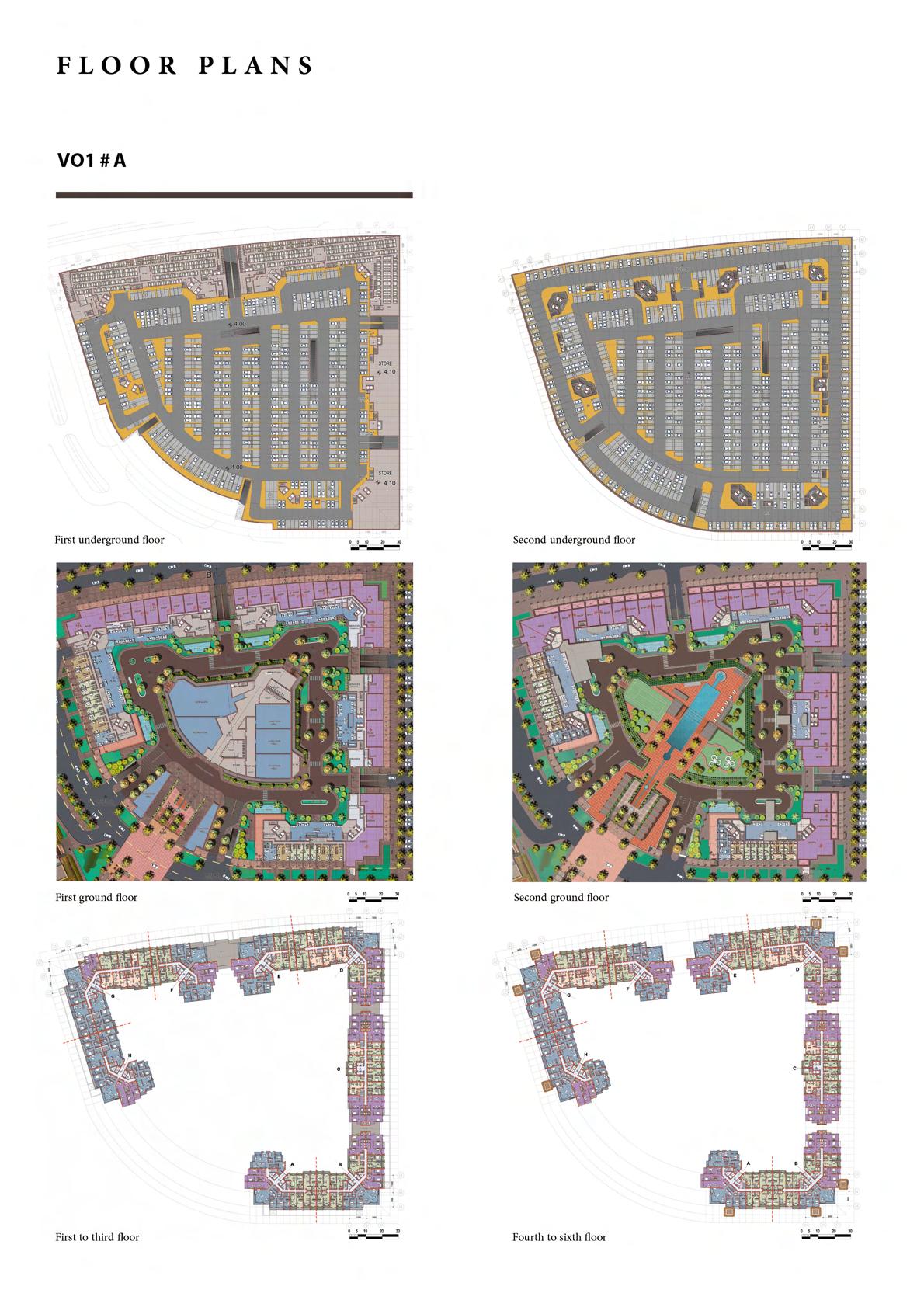



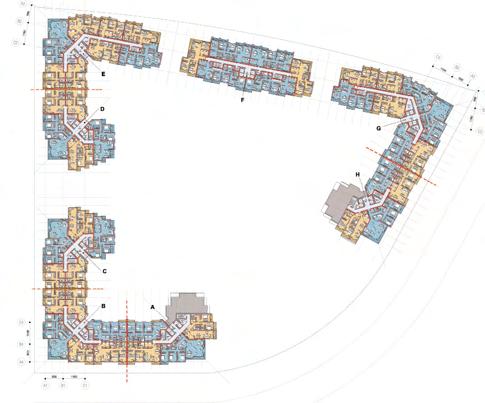



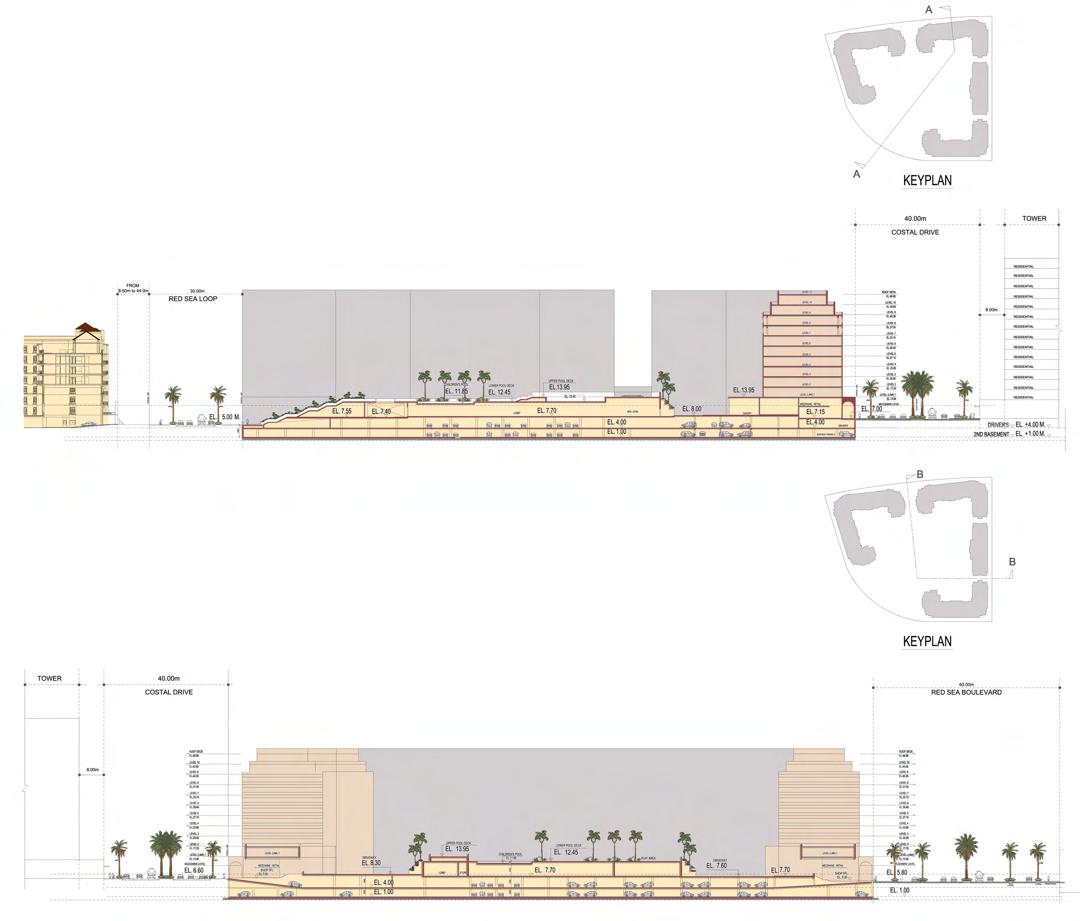
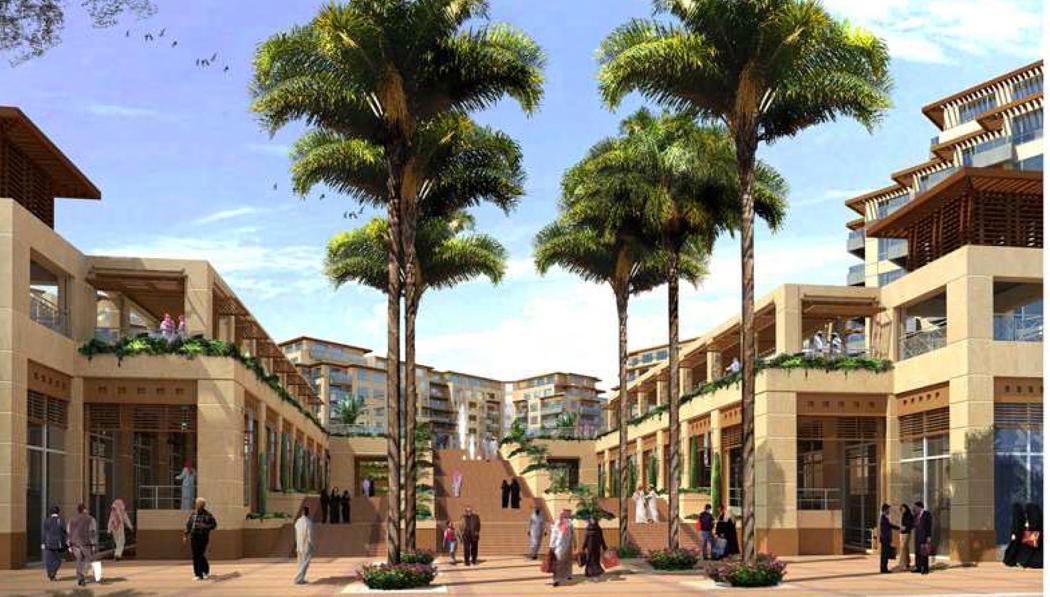
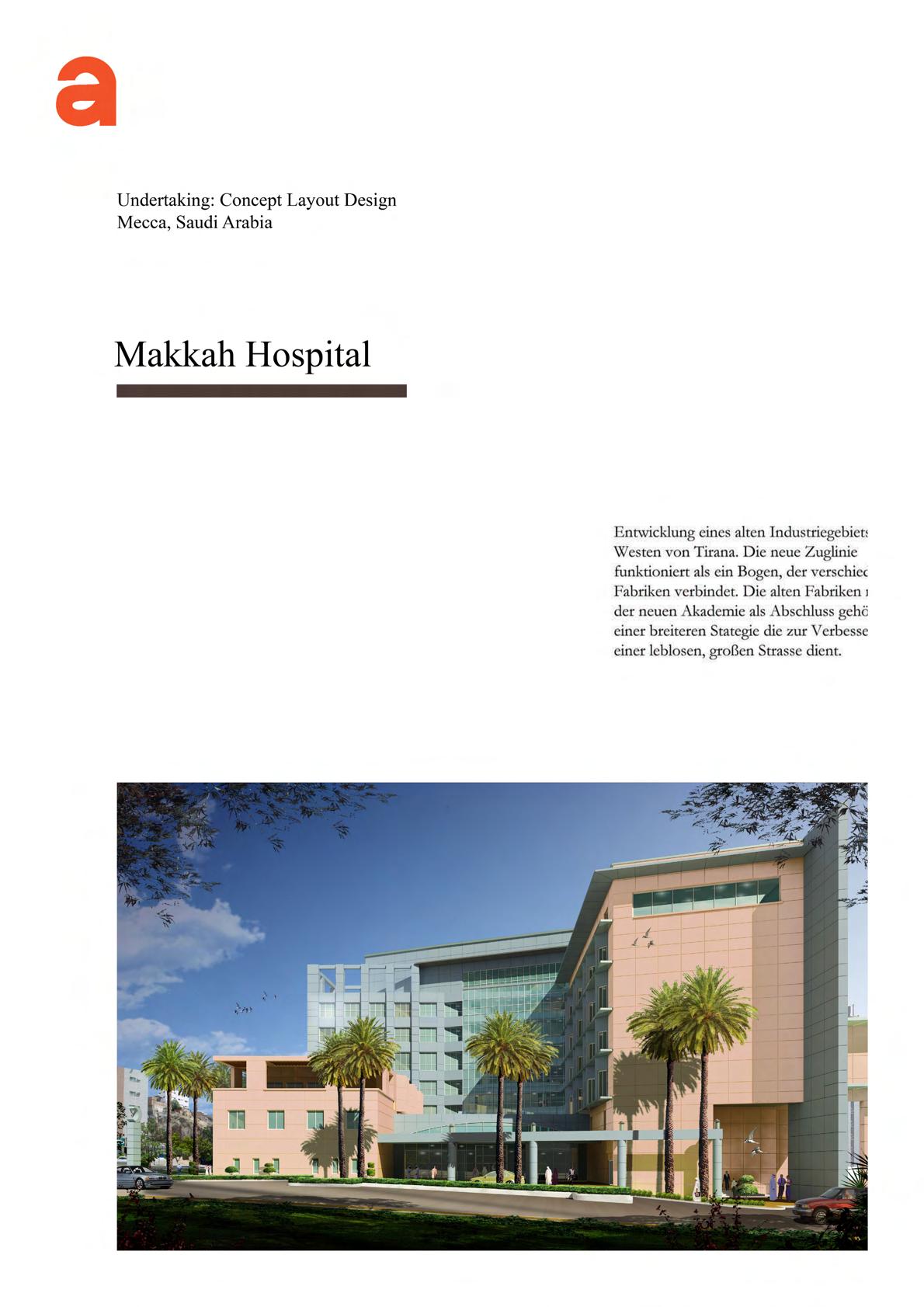
bThe Makkah Hospital project came about in response to a charity foundation’s request for comprehensive medical facilities within a district of Makkah (Mecca) city, KSA.
The concept started with a large courtyard that could afford a spatial interface between the building proper and the surroundings. Given the severity of weather for well over half of the year, this courtyard was best rendered an inside space that would still serve its primary transitional function. The layout of spaces within the building is a reflection of the
strict chain of hospital functions. The hospital is comprised of three basements that house parking as well as crucial subsidiary functions; ground floor that accommodates the ER, diagnostic and day care clinics and pharmacy; first floor accommodating admin offices, additional daycare clinics and endoscopy; second floor housing the OR wing, intensive care units and cathlab; third floor housing the maternity and delivery ward; fourth and fifth floors housing the inpatient wards and finally the sixth floor housing the gym, physiotherapy department and beauty parlour.


bSharqawi Office Building was designed to serve as the head-quarters of an electromechanical contracting company in Jed-dah, KSA.
The building offices are distributed on the two floors to accommodate both the electrical and mechanical departments.
The development of the design concept had to pay heed to the variableinterfacebetweentheglazedcurtainwallandthestone tiled walls. This interface was worked out through various 3D models, elevations and a sequence of sections to determine the condition of the curtain wall relative to the stone tiles wall.
As such, it was paramount that the various conditions were
well studied in order to develop the rationale of the construction details. In the meanwhile, the layout and interior of the building were developed in tandem with the development of the exterior to ensure the integrity of the interface between both.


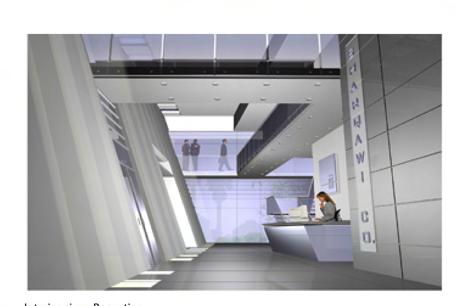


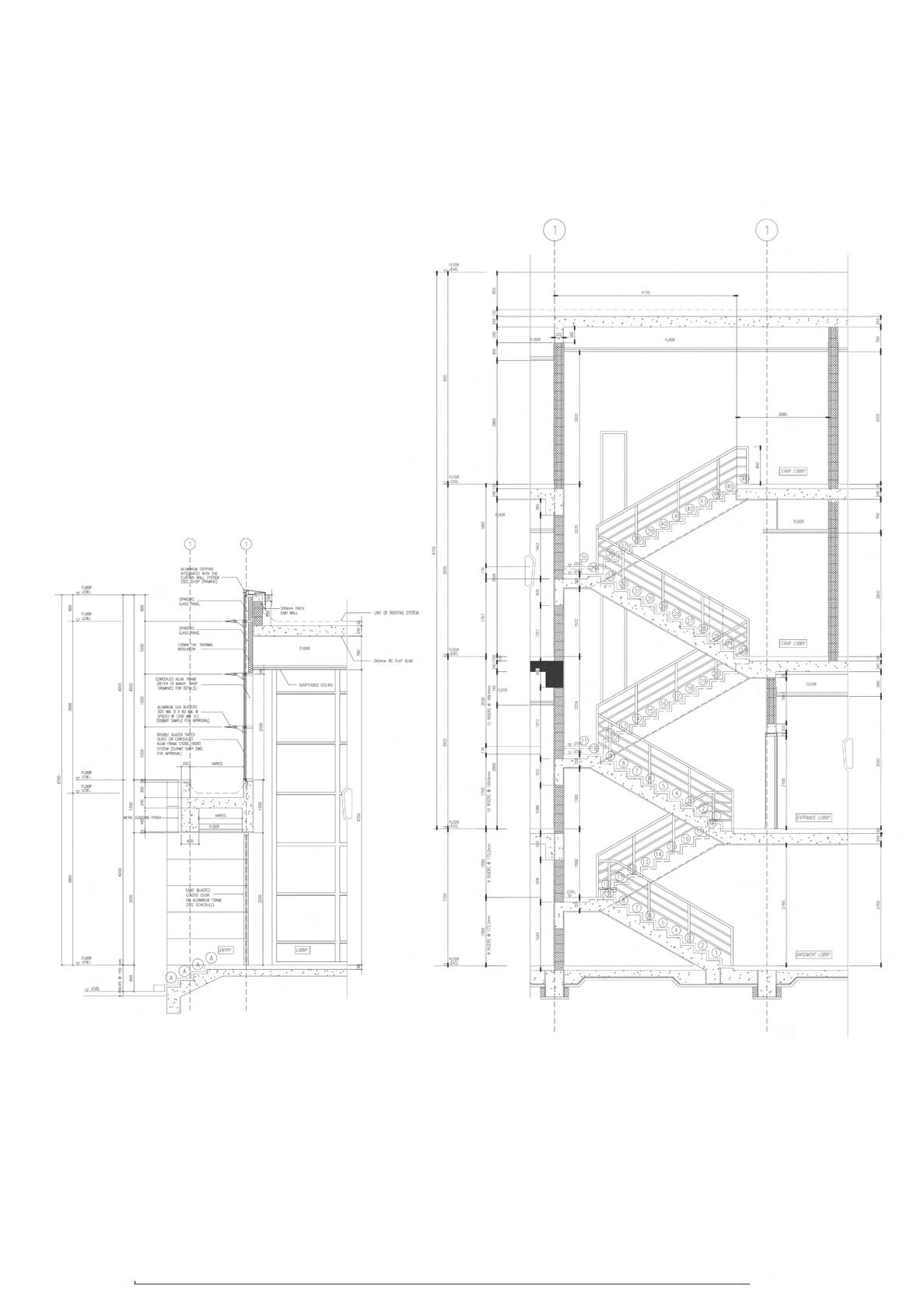
NICT

The design brief of the National Institute of Construction Technology project called for a mosque building that could serve the commu-nity. My responsibility was in undertaking the design of this mosque building. The key factors determining the design were:
-Contrast of local contextual orientation with that of the global kibbla orientation
-Separation of the main praying hall from the ablution space by virtue of an intermediate social space opening up the mosque to its surroundings
-Harmonization of the building design with the surround-ing architecture and the placement and proportioning of elements (minaret, prayer hall, ablution and secondary spaces) to result in a well-balanced whole.

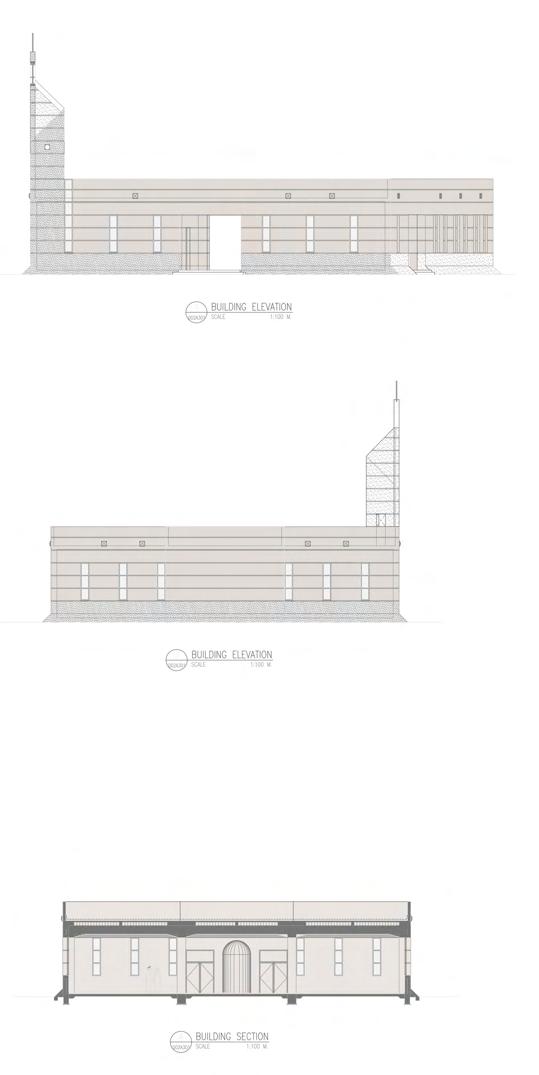

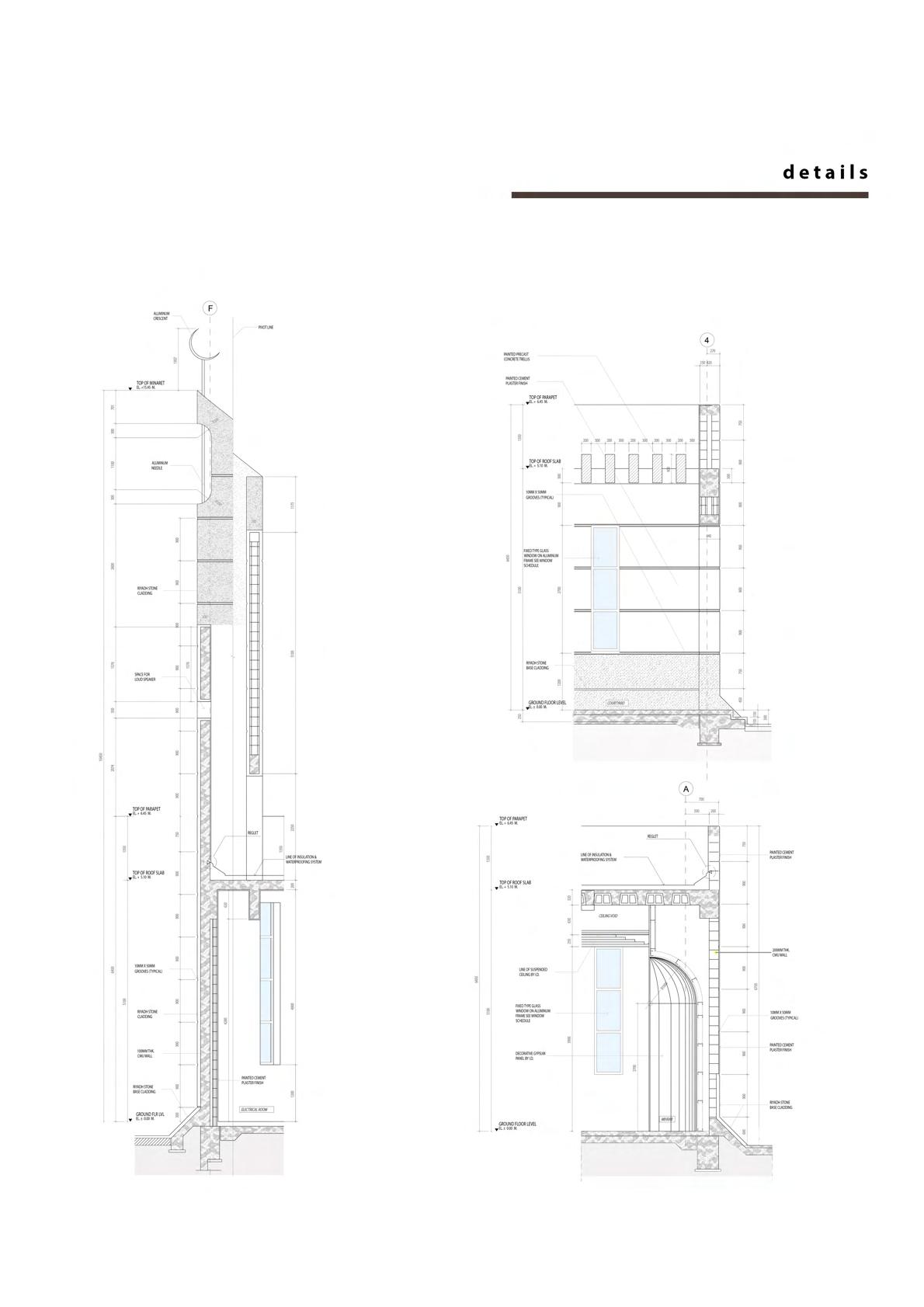


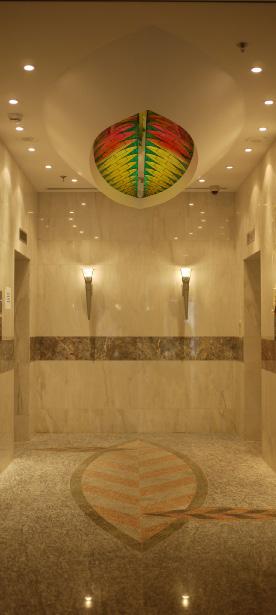
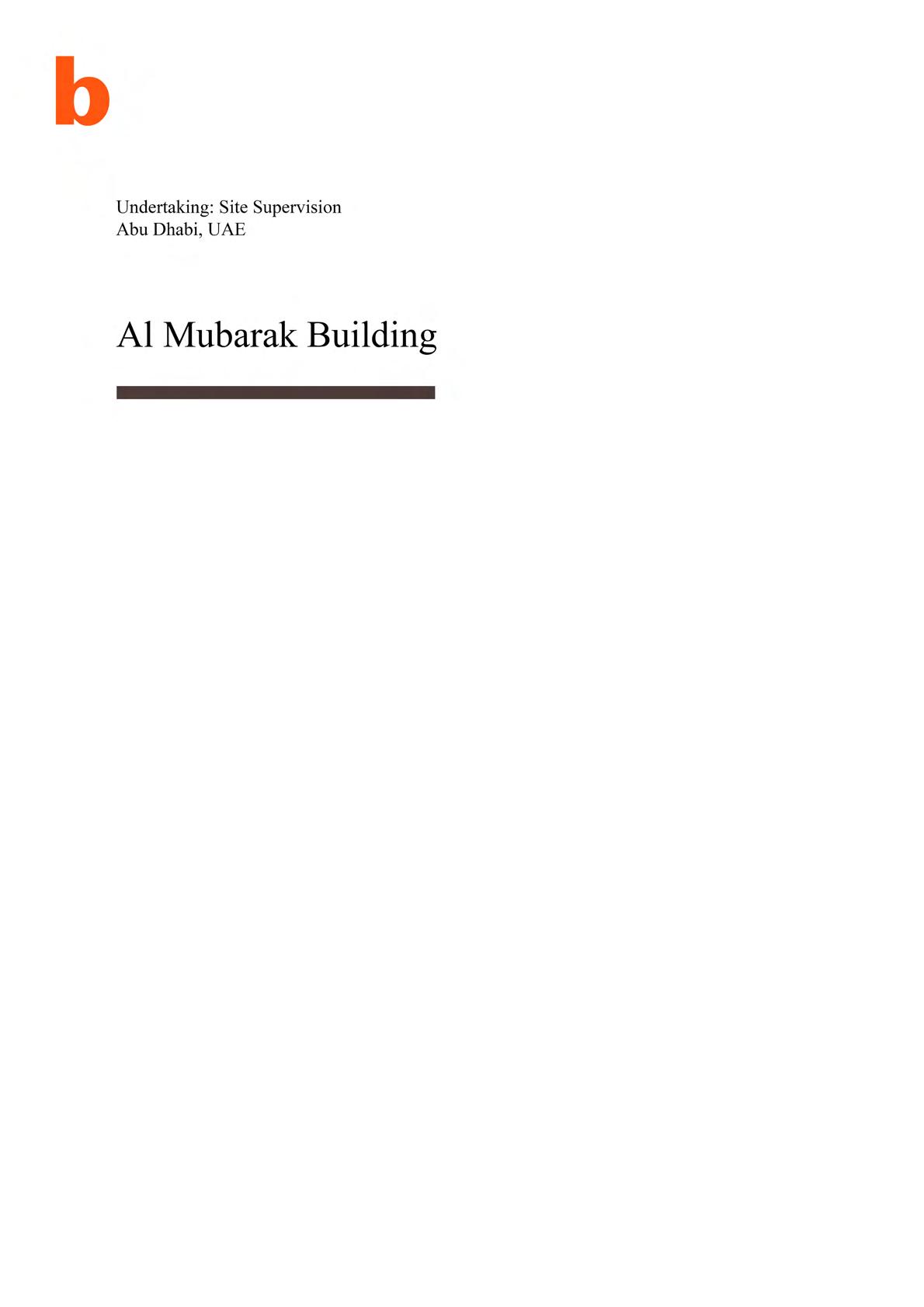

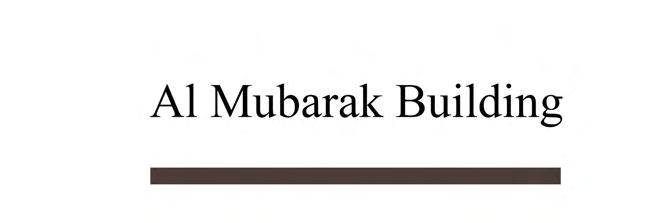

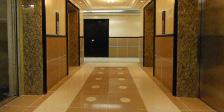
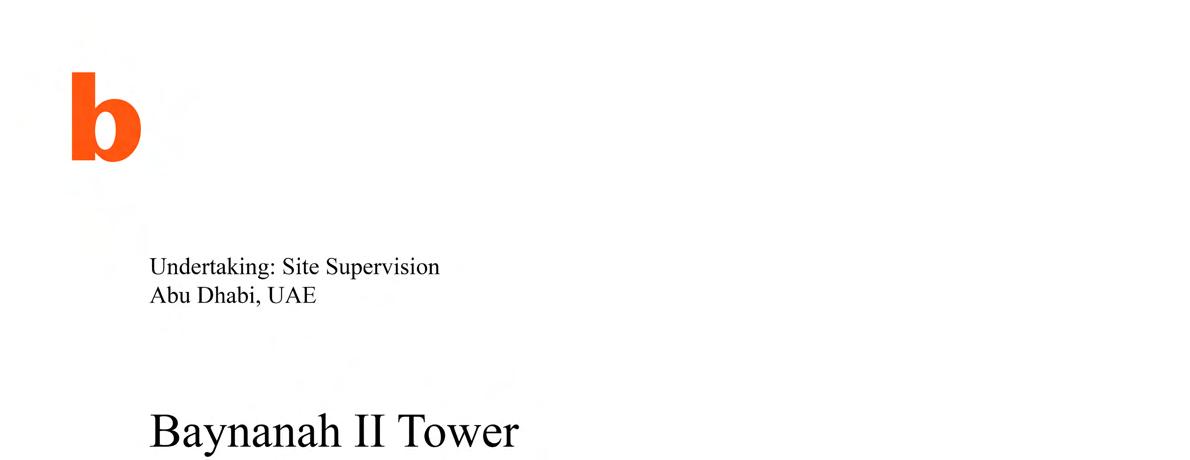





Regent Emirates Pearl Hotel
